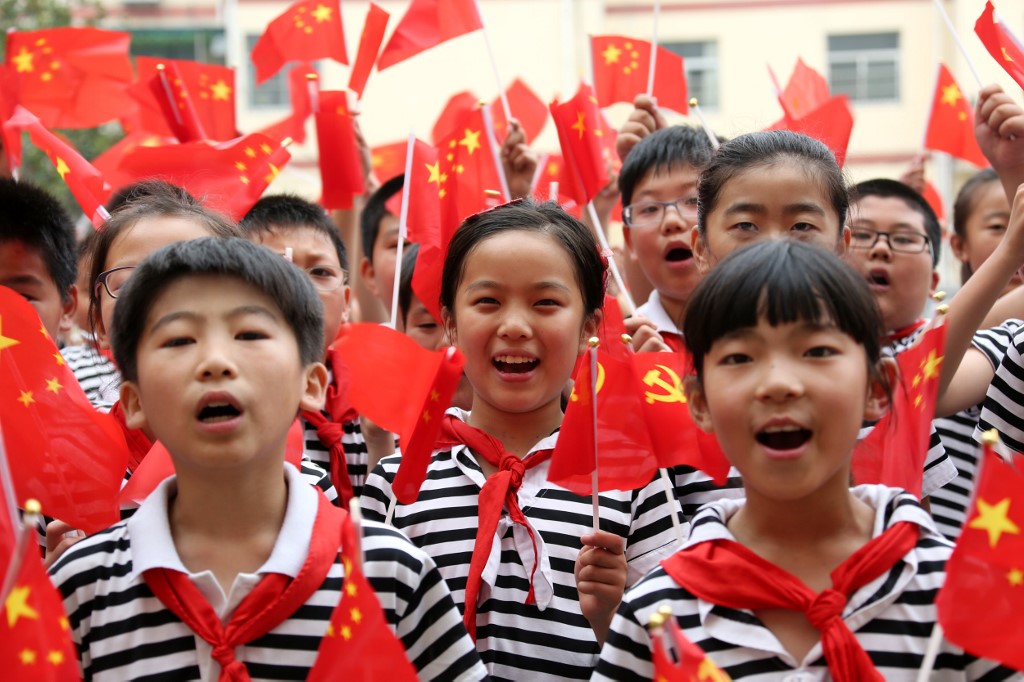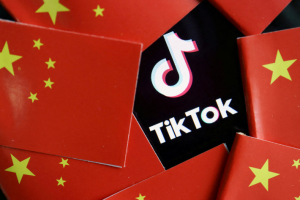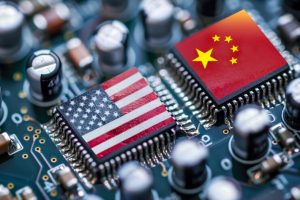Analysts do not expect this week’s news to have much impact, unless significant economic incentives are enacted to encourage couples to have more children
(AF) Reports about China’s policy to lift the cap on birth per family from two to three fuelled a rally in baby and mother-care related stocks on Monday, but analysts say much more needs to be done to encourage couples to have more children.
“Allowing every couple to have three children and implementing related support policies will help improve the population’s structure,” the Xinhua News Agency reported, citing a Politburo meeting held on Monday.
Support policies will be improved, in areas such as inclusive nursery services, fair allocation of high-quality education resources, parental leave and birth insurance systems, taxation, housing, and female workers rights protection, the report said.
“Consideration should be given holistically to the aspects of marriage, birth, child raising and education and guidance should be provided to young people in their views about marriage and families,” the Politburo said, according to the report of the meeting overseen by President Xi Jinping.
China’s population has grown at its slowest pace since the 1960s, reaching 1.41 billion, the latest census results show.
Amid fears that its dwindling workforce will be unable to support an increasingly elderly population, Beijing began easing its infamous decades-old “one-child” policy in 2013, and lifted the cap across-the-board to two children in 2016. But births continued to fall, dropping 15% in 2020 in a fourth straight year of decline.
If taking a closer look, the ratio of families with two children increased after China started to allow couples to have two children in 2016, showing that the policy helped to slow the decrease in births.
Now the government wants to reverse the decrease by allowing three children in each family.
“The immediate impact on population is likely to be positive on the margin but small on the macro level,” Zhiwei Zhang, Chief Economist from Pinpoint Asset Management, told Asia Financial.
The long-term impact depends on if the government can successfully reduce the cost for raising children – particularly education and housing – but evidence in other countries suggests that “once birth rate is on a downward trend, it is difficult to reverse it”, he added.
Zhang expects the “three-child” policy will have little impact on the trend of declining labor force in the next 20 years.
The decision to lift the childbirth cap came about a month after a research paper published by the central bank said China should “vigorously encourage” child-bearing.
If no measures were taken to encourage childbirth, by 2050 the ratio of te country’s workforce could decrease by over 15% compared with 2019, Chen Hao, deputy director of the Research Bureau at the People’s Bank of China, and several other authors said, in the paper.
An ageing population could lead to economic stagnation, price weakness and deflation when the consuming population surpasses the producing population, they said.
Retirement age to rise gradually
Facing a shrinking workforce, China has included a plan to lift the retirement age in its Fourteenth Five-year Plan for years 2021-2025.
The Politburo also said that China “will prudently lift the retirement age in a phased manner”. The age at which people can retire will reportedly increase gradually over the next few decades and eventually be 65 for both male and female workers, up from the current 60 and 55, respectively.
Geng Xiangshun, founder of Sichuan Zhixin Youth Social Innovation Organization, a non-profit group focused on education in rural China, believes much more needs to be done to get China’s young couples to want to have more children.
“It is very necessary to liberalise childbirth but if support measures are not implemented, no matter what the cap is, young couples won’t want to have more children,” he said.
In his view, two groups of people are mostly likely to take advantage of the three-child policy – the affluent and people with low income and low education levels. The middle-income families with a relatively high level of education would not want to have more than two children.
“The younger generation are more thoughtful and responsible about having children compared with their parents’ and grandparents’ generations, and attach more importance to quality birth and quality upbringing these days,” he noted.
High costs in housing, education, healthcare, and food make it expensive to raise children, and women face difficulty in getting re-employed after taking career breaks because of childbirth, he explained, and suggested that Beijing address these issues.
Andrew Fennell, senior director at Fitch Ratings shared a similar view. “Current fertility rates in China of around 1.3 do not suggest that the previous two-children limit acted as a key constraint for households. As such, it seems unlikely that the recent decision to raise the cap to three children per household will have any immediate impact on birth rates,” he told Asia Financial.
“The population is not like tap water, which you can control by turning on and off the tap. Many factors need to be taken into consideration, such as women’s desires of having children, family decisions, environment and ecology, and people’s values. There is also a question what is the ideal population size because jobs and resources are limited, and many jobs will be unmanned with the advancement of technologies and the emergence of AI,” Song Jian, a professor at the Population Development Studies Center of the Renmin University, said.
Public welcomes change
The general public welcomed the policy, and some called it “the best gift for Children’s Day”(June 1), but most people do not expect an immediate impact on China’s birth rate.
“The policy would have no impact on those that want to have children and those who don’t, so it’s nothing big,” a user commented on Xinhua’s post about the “three-child policy” on the Twitter-like Weibo platform.
“As an old mother born in the 1980s, I’ve had two children and accomplished my mission,“ another user said.
Several other users said they would “actively respond to” or “support” the policy.
Beijing’s measures to close the gap between China’s rich and middle class in the areas of housing and child education are already in the works.
Chinese policymakers have recently revived efforts to roll out a much-anticipated tax on home ownership, which will be levied on families that own more apartments or high-end ones. A seminar was held between four government departments earlier this month to discuss piloting the property tax reform, and experts say Shenzhen city and the southern island province of Hainan could be the testing grounds.
In the meantime, Beijing has tightened its grip on the booming private tutoring industry, prohibiting online tutoring companies from teaching primary school course content to pre-school children, slapping fines over false advertising and banning ads on national TV networks. New rules also seek to limit fees charged by companies for tutoring, and advise public schools to provide free after-school day care services on the working days.
























